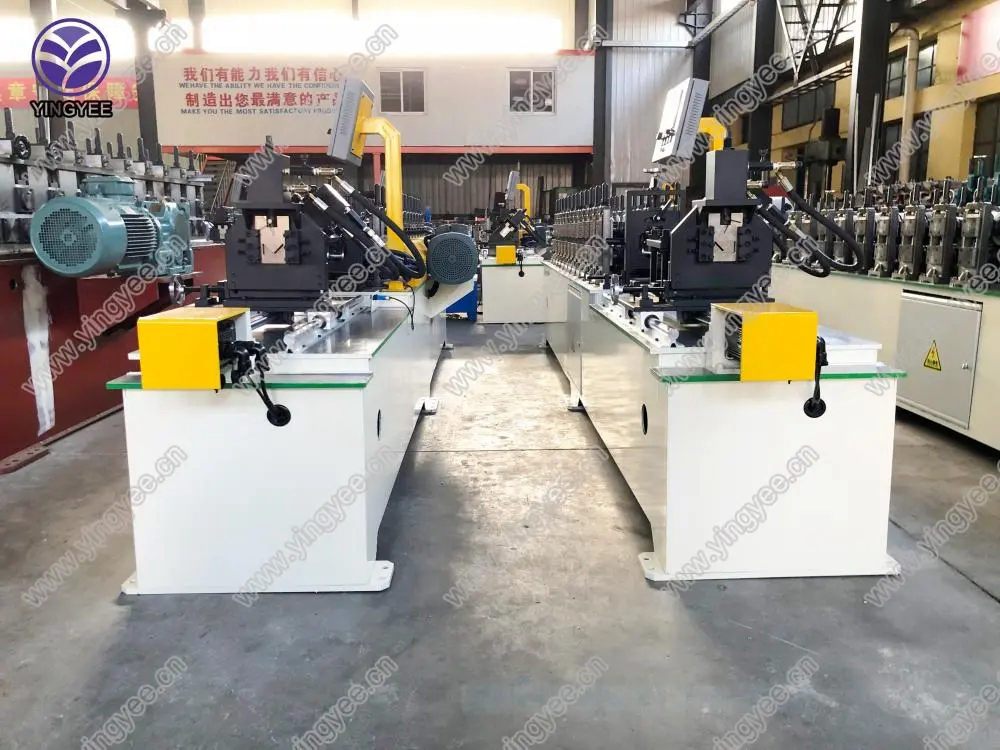
The Advancements of Automatic Grid Roll Forming Machines
In the manufacturing industry, efficiency and precision are of utmost importance. Among the various technologies developed to enhance these aspects, the automatic grid roll forming machine stands out as a critical innovation. This advanced machinery is designed to produce high-quality grid panels used in various applications, ranging from ceiling systems to structural supports. Understanding the functionality and benefits of these machines can provide valuable insights for manufacturers looking to optimize their production processes.
An automatic grid roll forming machine operates by feeding metal sheets—usually steel or aluminum—into the machine, which then processes the sheets through a series of rollers. These rollers gradually shape the metal into the desired grid configuration. The technology behind roll forming allows for continuous production and can significantly reduce manufacturing time compared to traditional methods. Automatic systems are equipped with sensors and programmable logic controllers, enabling precise control over the forming process, which minimizes material waste and improves product consistency.
One of the key advantages of automatic grid roll forming machines is their ability to produce a variety of grid designs quickly and efficiently. Manufacturers can customize the grid's dimensions and patterns to meet specific project requirements. This level of flexibility is particularly beneficial in industries such as construction, where specific load-bearing specifications are necessary. Additionally, these machines can integrate with other automated systems, allowing for streamlined operations that enhance overall productivity.

The durability of products produced by automatic grid roll forming machines is another significant advantage. The processes involved in roll forming impart strength and resilience to the metal, making it suitable for use in demanding environments. For example, grid panels used in commercial construction must support heavy loads and must resist wear over time. By utilizing high-quality materials and advanced manufacturing techniques, manufacturers can ensure that their products meet the stringent standards set by industry regulations.
Moreover, the environmental impact of automatic grid roll forming machines should not be overlooked. These machines generally operate with reduced energy consumption compared to conventional forming processes, making them a more sustainable option. The ability to efficiently recycle scrap metal generated during the manufacturing process further contributes to their eco-friendly appeal.
In conclusion, automatic grid roll forming machines represent a significant advancement in the manufacturing sector. Their ability to produce customized, high-quality grid panels efficiently and sustainably sets them apart from traditional manufacturing methods. As industries continue to evolve and demand higher standards of production, investing in automatic grid roll forming technology will be essential for manufacturers aiming to stay competitive. The future of these machines looks promising, with ongoing innovations likely to enhance their capabilities even further, making them an indispensable tool in modern manufacturing.